It’s 2024- even on a good day, there’s a lot to feel anxious about. There’s the big picture: global warming, pandemic, human rights violations, inflation, uncertain job futures- and that’s not even considering individual stressors like difficult jobs or strained relationships.
We all feel anxiety sometimes and we all have different ways to cope with it. For some of us, we like to get a little spendy: enter doom spending. Whether it's impulsively buying items online or constantly seeking comfort in retail therapy, doom spending can become a harmful coping mechanism. In this post, we'll explore the connection between anxiety and doom spending, and more importantly, discuss healthy coping strategies to break free from this cycle.
What is “Doom Spending”?
Doom spending is a term used to describe the pattern of compulsive or impulsive buying driven by feelings of anxiety, stress, or a sense of impending doom. It's like a temporary escape, a quick fix that brings momentary relief but often leads to regret and financial strain (late night amazon purchases, anyone?). Identifying doom spending is the first step in addressing the underlying anxiety that fuels this behavior.
Everyone has their unique stimming preferences, and it is crucial to recognize that stimming is not limited to one specific behavior or action. By understanding the multitude of ways stimming can manifest, we can foster a more inclusive and accepting environment for neurodivergent individuals- and ourselves!
The Anxiety-Spending Connection
Anxiety can take many forms, from generalized worries to specific fears or phobias. When anxiety becomes overwhelming, individuals may seek ways to cope, and for some, spending money becomes a coping mechanism. The act of purchasing items might provide a brief distraction or a momentary sense of control, but it doesn't address the root cause of anxiety.
Doom spending can create a vicious cycle. The initial anxiety triggers the impulse to spend, leading to guilt and increased stress over financial concerns. This heightened stress may, in turn, fuel more doom spending, perpetuating the cycle.
Healthy Coping Strategies for Anxiety
Breaking free from the cycle of doom spending involves developing healthier coping strategies to manage anxiety. Here are some practical suggestions to try before you next click “purchase:”
Mindfulness and Breathing Techniques:
Practice mindfulness and deep breathing exercises to stay present in the moment. These techniques can help calm the mind and reduce anxiety.
Journaling:
Keep a journal to express your thoughts and emotions. Writing can be a powerful tool for self-reflection and gaining clarity on the sources of anxiety.
Therapy and Counseling:
Seek support from a therapist or counselor who can help you explore the root causes of anxiety and develop coping mechanisms tailored to your needs.
Create a Budget:
Establishing a realistic budget can provide a sense of control over your finances. Knowing where your money is going can alleviate anxiety about financial uncertainties.
Build a Support System:
Share your feelings with trusted friends or family members. Sometimes, expressing your worries and fears can lighten the emotional burden.
Engage in Hobbies:
Find activities that bring joy and relaxation. Hobbies can serve as healthy outlets for stress and redirect your focus away from doom spending.
Set Realistic Goals:
Break down larger tasks into smaller, manageable goals. Setting realistic expectations can help reduce the anxiety associated with overwhelming responsibilities.
Exercise Regularly:
Physical activity is known to reduce anxiety and improve overall well-being. Find an exercise routine that suits your preferences, whether it's walking, jogging, yoga, or dancing.
Practice Gratitude:
Cultivate a gratitude mindset by focusing on the positive aspects of your life. Regularly acknowledging and appreciating what you have can shift your perspective.
Limit Exposure to Triggers:
Identify and limit exposure to situations or environments that trigger anxiety. Whether it's news, social media, or specific stressors, managing your exposure can make a significant difference.
Breaking Free from Doom Spending
Breaking the doom spending cycle is a journey that requires self-awareness, commitment, and resilience. Acknowledge the connection between anxiety and spending, and be compassionate with yourself as you work toward healthier coping mechanisms.
Remember that seeking professional support is a sign of strength, not weakness. Therapists can provide guidance and strategies tailored to your specific needs, helping you navigate anxiety and find healthier ways to cope.
In conclusion, understanding the link between anxiety and doom spending is a crucial step toward breaking free from this cycle. By adopting healthy coping strategies, individuals can develop resilience, manage anxiety more effectively, and cultivate a more balanced and fulfilling life.
Read more about Therapy for Anxiety here.

